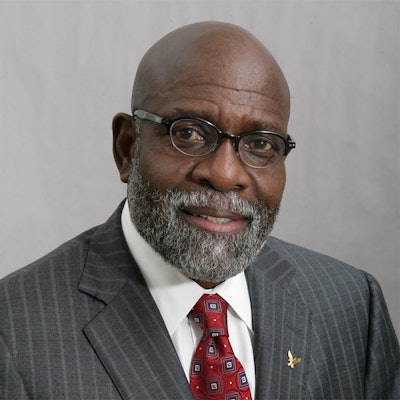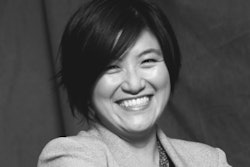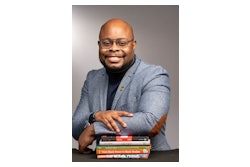The older I get, the more I realize how quickly time passes, whether you’re having fun or not! It was twenty-five years ago this month that I left my position as chancellor of the University of Michigan-Flint to become what many say was the first person to serve as vice president for diversity, equity, and inclusion (DEI) at a major research university. Although I have never given much thought about whether I was the “first,” assuming such a role was both professionally risky and rewarding.
It was richly rewarding in the sense that I had the opportunity to help lay the national foundation for a new area of leadership in American higher education. Today, more than two-thirds of all major universities have chief diversity officers. Accepting the invitation from Indiana University president Myles Brand to return to my graduate alma mater (which would become known as The Mother of Black College Presidents) to work in DEI was risky: it meant exiting the university presidential ranks—without the possibility of return. Fortunately, with the collective support of IU’s executive leadership team and board of trustees, the university became an early adapter and pacesetter, relative to embracing and advancing equitable outcomes. Dr. Charlie Nelms
Dr. Charlie Nelms
Although I retired from my historic IU leadership position almost two decades ago and went on to serve as chancellor of an HBCU before retiring a second time, I have been thinking a lot lately about the state of DEI in American higher education amid an environment of anti-DEI legislation, cries of wokeism, and the alarming rise of book banning in more than a dozen states.
There are two persistent questions that have taken root in my mind. First, where did the academy go wrong in pursuit of its publicly avowed and boldly touted efforts to enhance and advance diversity, equity, inclusion and belonging? Second, the uncertainty of the forthcoming U. S. Supreme Court decision regarding affirmative action notwithstanding, where does the academy go from here? The best and most honest and accurate answer to the second question is simply this: the future of DEI at colleges and universities is unknown and uncertain at best.
Reflecting on the first question of what went wrong, as a senior DEI leader I am convinced of three things. First, the DEI statements crafted and approved by college and university boards of trustees were more symbolic than substantive. Second, in creating chief diversity officer (CDO) positions, college presidents placed the onus of success on newly appointed but powerless administrators, while not holding accountable those who control the purse strings and appointment powers. Third, the overwhelming majority of the academy’s leaders seemed unwilling to invest in DEI initiatives at a level commensurate with their avowed goals, priorities, and expectations. Which is another way of saying that talk is cheap, and always trumped by action!
Although I am far from sanguine about the future of DEI in the academy, despite the uncertainty of the forthcoming Supreme Court decision, I am in no way ready to throw in the proverbial towel. As a Black baby boomer who came of age during the civil rights movement of the 1960s, I know firsthand the capacity of the human spirit to triumph amid an environment of doubt and uncertainty. No matter the Court’s decision, I am confident that members of the academy will pivot and make the necessary adjustment to comply with the ruling and to survive.
One of the key differences between now and when the Michigan case of Grutter v. Bollinger decision was rendered two decades ago is the fact that today’s universities need to enroll Black and Brown students at the undergraduate, graduate, and professional school levels to maintain their fiscal solvency. This fact notwithstanding, I am confident that equitable excellence and American workforce needs will drive future DEI activities, no matter the extent to which political candidates may go to win elections.
One of the most important things university leaders can do is to lead without the fear of invoking the ire of partisan politicians, whose primary goal seems to be inciting, exciting and mobilizing their base. Fear, especially of the “other,” is a deeply lodged emotion, part of our reptilian brain. Yet even more powerful throughout history has been our remarkable ability to tend and befriend, to imagine what it is like to walk in another’s shoes, and to fight for a world where all of us can flourish, bending the long arc of the moral universe to justice.
Dr. Charlie Nelms is a veteran higher education administrator and chancellor emeritus of North Carolina Central University.



















